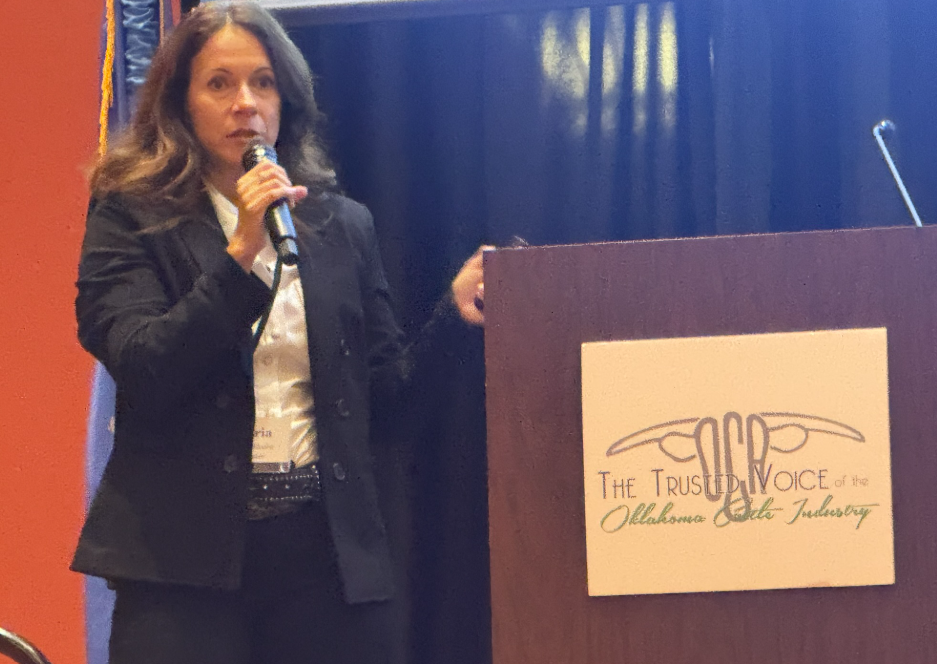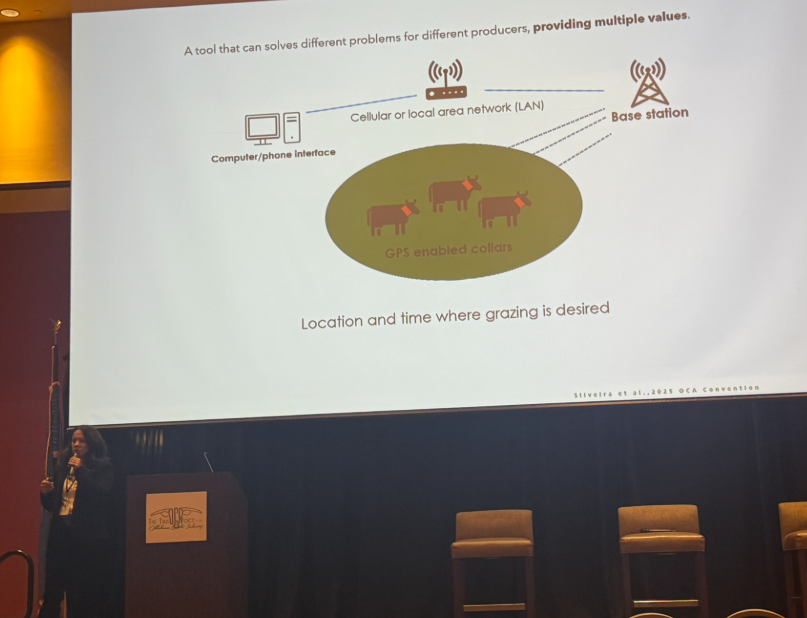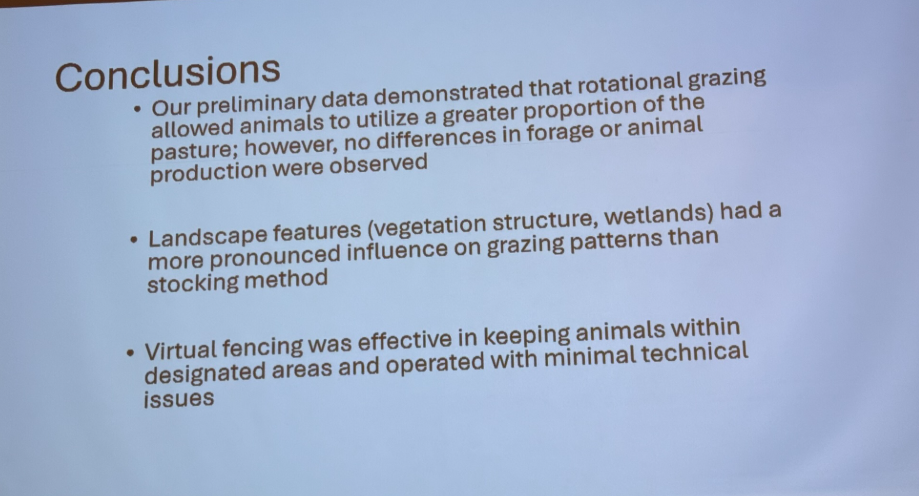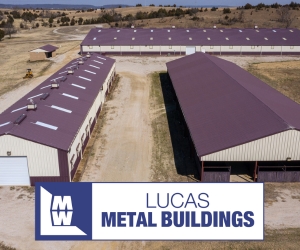
Imagine managing your cattle herd from a computer, setting and adjusting grazing boundaries with a few clicks, and significantly reducing the need for traditional fencing. The concept of “remote ranching” is becoming a reality, and the Noble Research Institute is at the forefront of exploring its potential through virtual fencing technology.
Dr. Maria Silveira, Director of Research at the Noble Research Institute, recently discussed her work with Farm Director KC Sheperd, highlighting the pros, cons, and surprising insights from their studies.
How Virtual Fencing Works
“Remote, virtual fencing is one of the tools that you can use to manipulate your cow herd from your computer, basically,” Silveira explained. The system involves GPS-enabled collars worn by the animals. Ranchers define grazing areas digitally on a map. “If they approach the area, they’ll have a sound cue… if they advance further, they’ll get a shock stimulus,” she detailed. Animals quickly learn to associate the sound with the mild correction, allowing them to remain within the desired boundaries.
A key concern for many producers is animal welfare. Noble’s research directly addressed this. “Our data showed that there’s no stress because they learn pretty quick that they shouldn’t be there after they hear the sound,” Silveira affirmed, indicating that the training period is remarkably fast, taking only “four to five days.”

Pros and Cons: A Game-Changer with a Price Tag
The most significant advantage of virtual fencing, according to Silveira, is its ability to “make it much easier to change the animals, rotate the animals.” This flexibility is invaluable for implementing rotational grazing systems, optimizing pasture utilization, and reducing labor costs associated with physical fences.
However, the primary limitation remains cost. “The cost still requires the particular technology that we used… is it still quite expensive” Silveira admitted. While various virtual fencing technologies are available on the market, the initial investment can be substantial. Producers may find assistance, as a Noble research partner utilized “cost sharing funds from NRCS that helped him offset some of the costs.” (It’s worth noting that the USDA-NRCS has indeed implemented programs to help producers adopt virtual fencing, with some cost-share covering collars and subscriptions).
Surprises from the Field
As a soil scientist, Silveira candidly shared her initial skepticism. “I wasn’t very positive the technology wasn’t actually going to work,” she confessed. She anticipated numerous technical issues, such as collars malfunctioning in harsh environments or animals getting tangled. To her surprise, “none of that happened.”
Another revelation came from the animal data. The research revealed that without precise management, pastures were often “underutilized.” Virtual fencing allowed them to “quantify the pasture utilization,” providing valuable insights into grazing patterns. Understanding where cattle prefer to graze can help prevent overgrazing in some areas and underutilization in others, resulting in improved overall pasture management and more effective nutrient distribution.
Who Can Benefit Most?
Silveira believes virtual fencing holds the most value for “producers that don’t have a lot of infrastructure.” While it’s not a complete replacement for a perimeter fence, it offers a cost-effective way to implement rotational grazing and enhance pasture management on operations that lack extensive cross-fencing. It can also be a valuable tool for excluding cattle from sensitive areas or those designated for other uses. However, Silveira cautioned that the technology isn’t 100% foolproof, with a small chance of an animal escaping the virtual boundary.

The Noble Research Institute’s ongoing work highlights virtual fencing as a powerful tool transforming livestock management, offering producers unprecedented flexibility and data to optimize their land and resources.


















